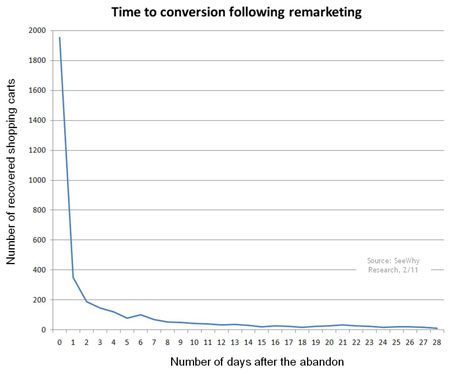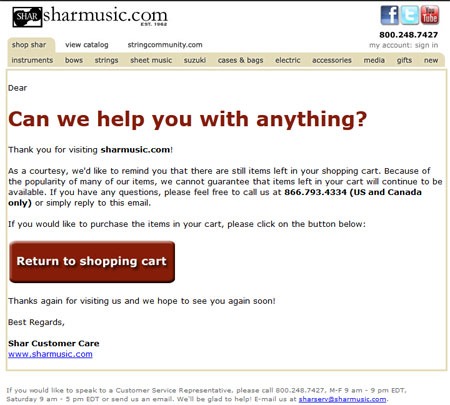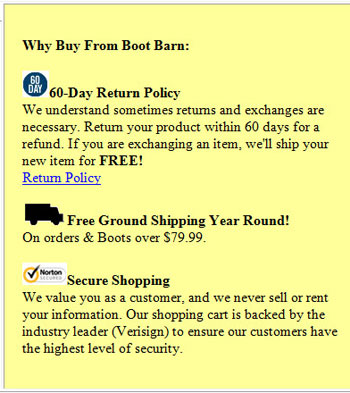 Economic downturns are routinely blamed for lackluster corporate performance. Some of the blame is warranted. Growing a company is hard when people aren’t buying. Notice that I said “hard,” not “impossible.” History has shown that business can prosper even during tough times. In fact, several major corporations were started during recessions. Microsoft, GE, HP, and FedEx found opportunity while others were hunkering down.
Economic downturns are routinely blamed for lackluster corporate performance. Some of the blame is warranted. Growing a company is hard when people aren’t buying. Notice that I said “hard,” not “impossible.” History has shown that business can prosper even during tough times. In fact, several major corporations were started during recessions. Microsoft, GE, HP, and FedEx found opportunity while others were hunkering down.
On the flip side, managing a high growth company is extremely challenging. The demand for services and goods easily moves corporate focus from planning and building infrastructure to simply servicing customers. This is a stop gap short-term solution that undermines long-term success. Before long, the company collapses like a house of cards because of inefficiencies and ineffective management.
Profitably growing a business requires a solid foundation. Establishing the base that supports your company through good times and bad is the single most important thing you can do to insure success and longevity. Being able to consistently deliver quality service and goods at any volume is the key to succeeding in the marketplace.
There has been a paradigm shift in the last few years from building businesses that serve customers to creating content that engages. Solid business objectives that generate customer loyalty and provide efficient solutions to management problems are considered archaic. After all, who needs to worry about infrastructure and foundations when viral posts are just an idea to two away?
Thomas Edison famously said, “Opportunity is missed by most people because it is dressed in overalls and looks like work.” His words remain true today. Building a company is hard work with a shot of fun. There are no shortcuts that replace the heavy lifting more commonly known as planning, management, analysis, and service.
If you want more from your business, start with the following items:
- Deliver experiences that make people want to come back. High quality experiences inspire customer loyalty. This means that you provide the service that people want when they want it.
- Create the foundation needed to support your future business. The right systems, processes, and policies improve efficiency and effectiveness. Growth and crisis management is much easier when the focus is on the challenge instead of the resources needed to resolve issues.
- Plan for good times and bad. Growth and contingency plans streamline change management. The thought put into planning is an investment in your company’s future. Strategic plans provide guidance and keep management focused on the big picture.
- Build solid relationships with your people. The best assets in your company are your customers and employees. Real property is easily replaced or copied. Quality relationships are unique to the people who develop them.
- Automate the mundane to save resources so you can invest in personal experiences. Automation of repetitive tasks improves efficiency and frees team members to connect with customers and prospects. Technology is affordable, effective, and accepted.
- Analyze data to find opportunities to improve marketing and service. The more you know about your customers, the better you can create excellent shopping experiences.
- Become channel agnostic. Every channel has strengths. Use them to grow your business and improve your service.
Creating the foundation and infrastructure needed for your business prepares it for growth and prosperity. When people are served well, they tell others about it. The best content strategy is creating an environment where your customers want to share their positive experiences. Preparation and execution of a solid plan creates that environment. Magic happens when good management and quality service are the hallmarks of a business.
For information on how you can improve your company’s foundation, email Debra at dellis@wilsonellisconsulting.com.




















